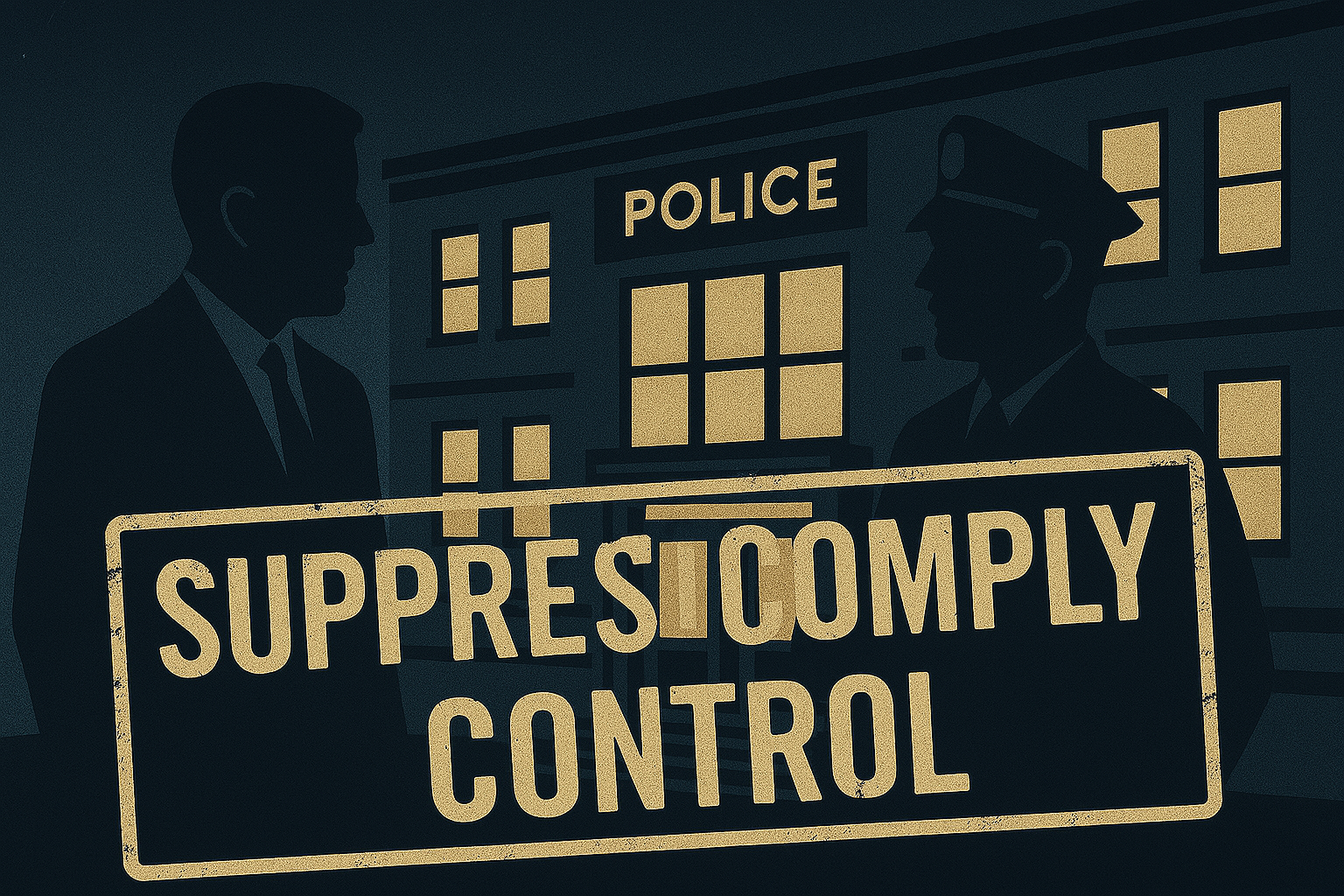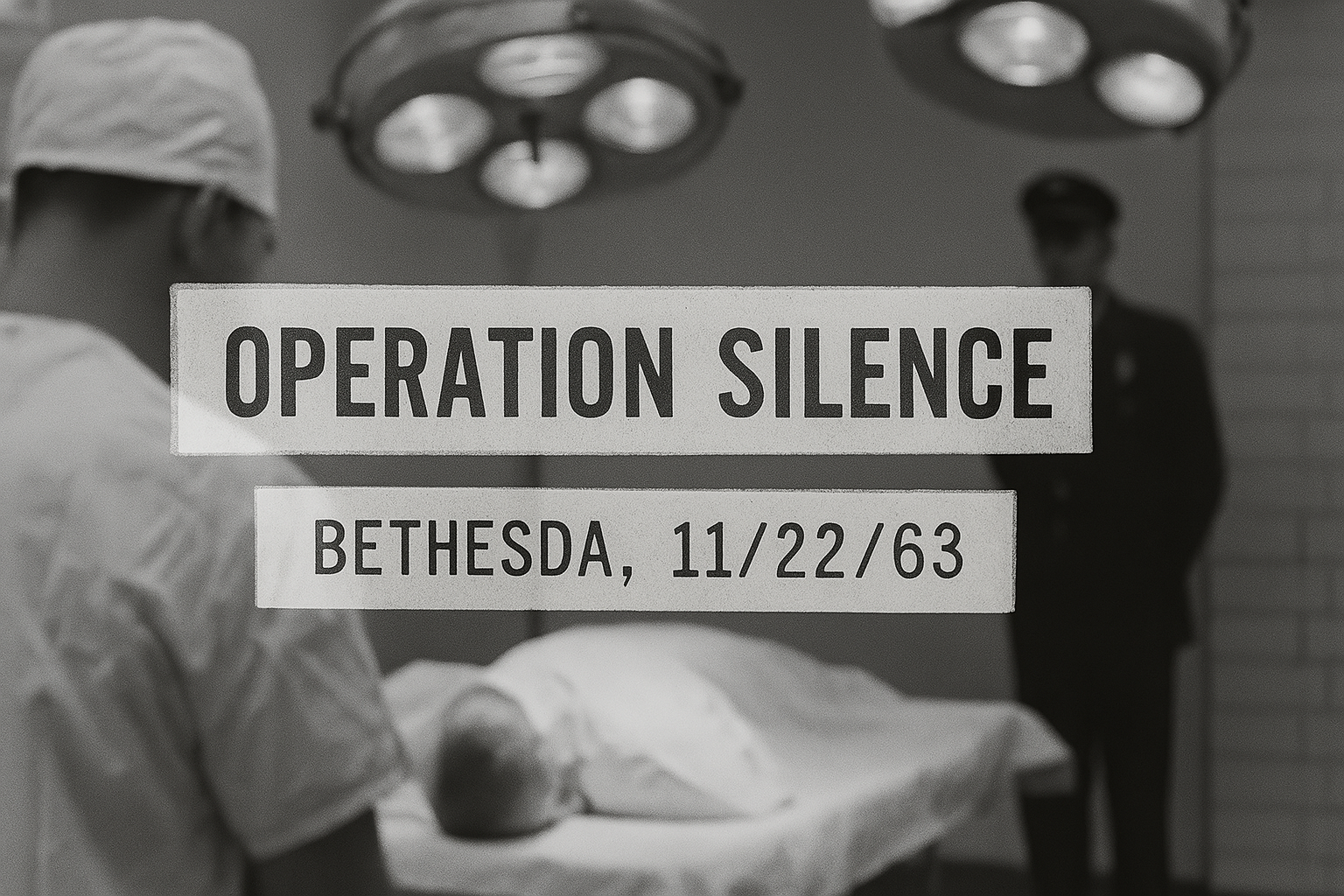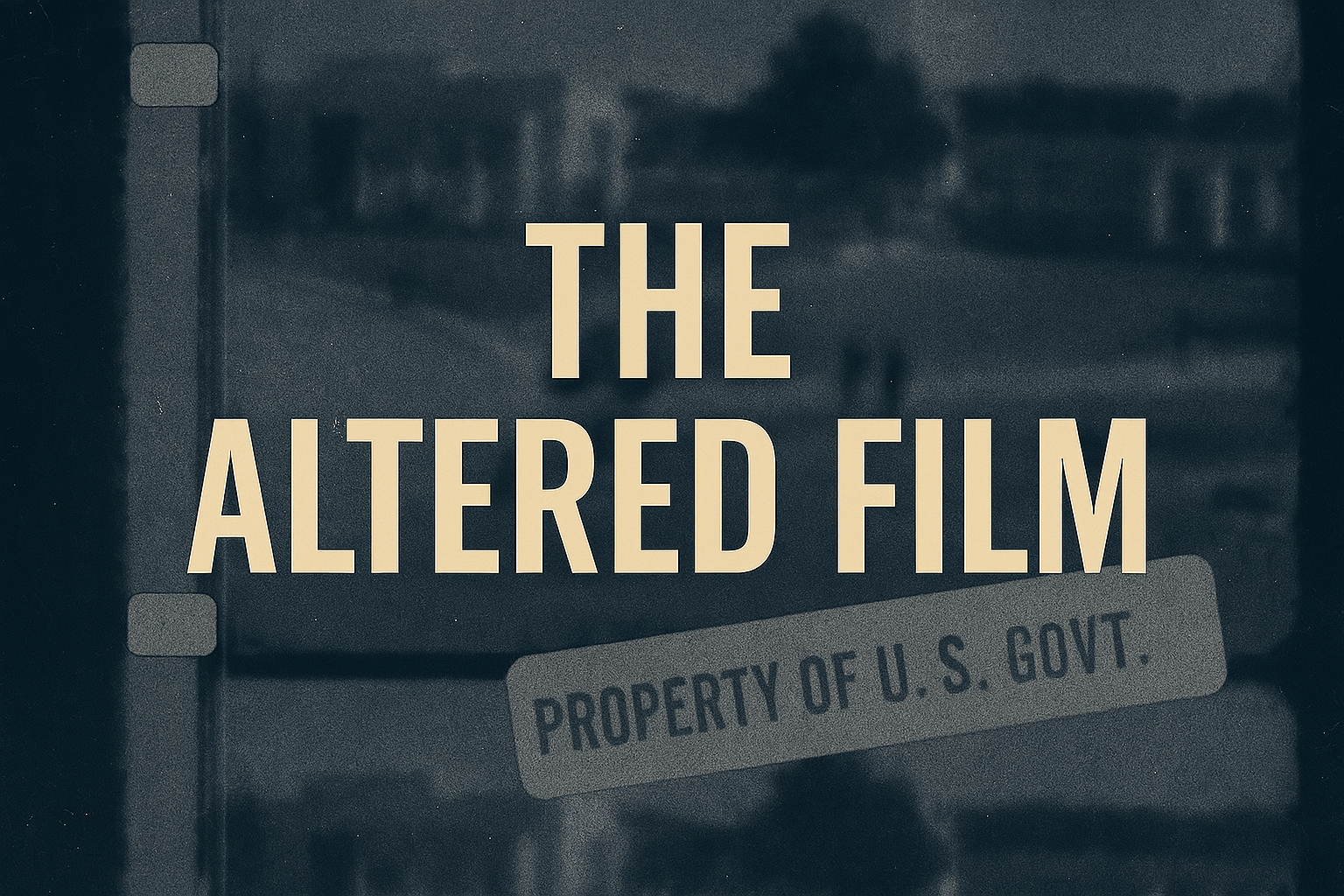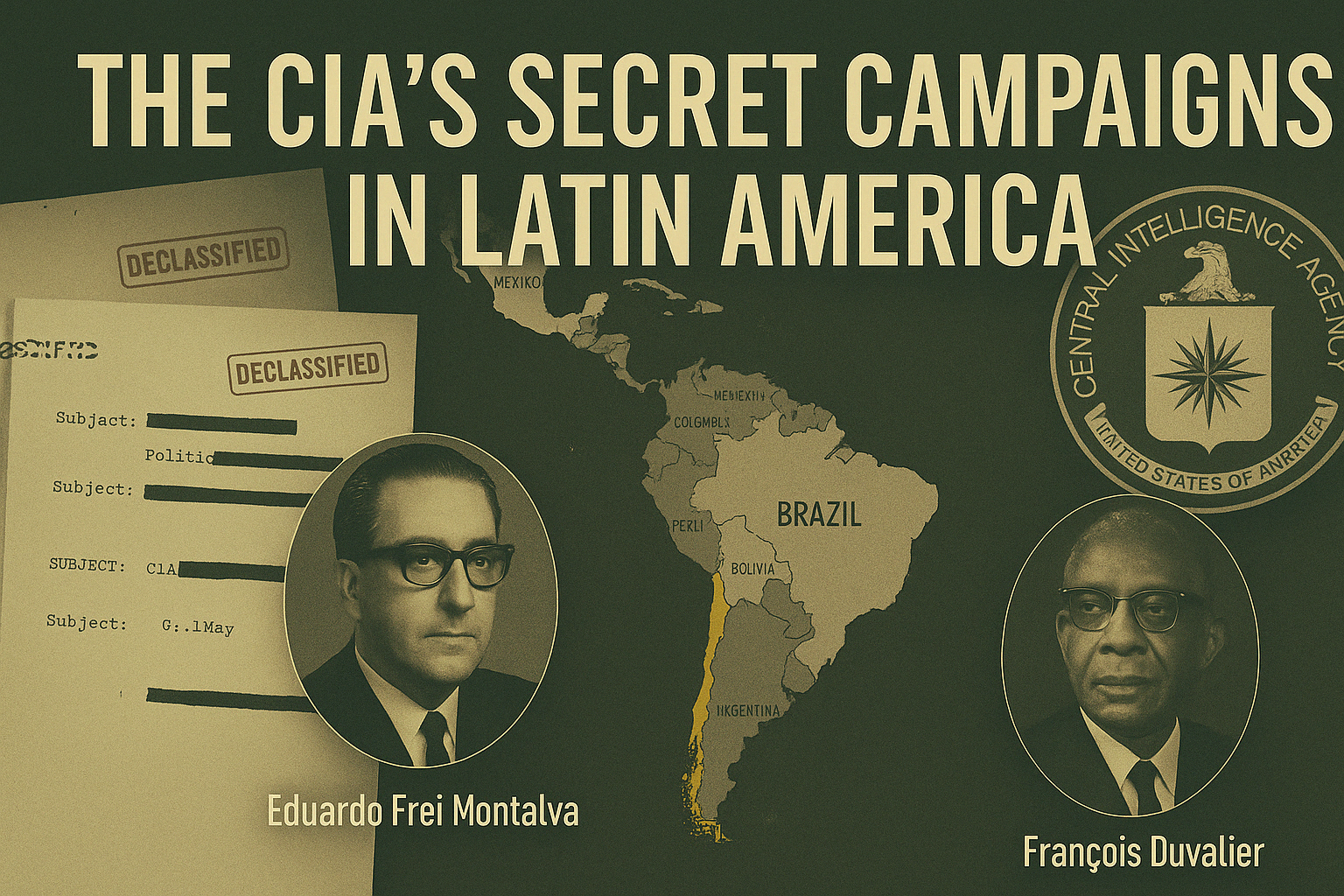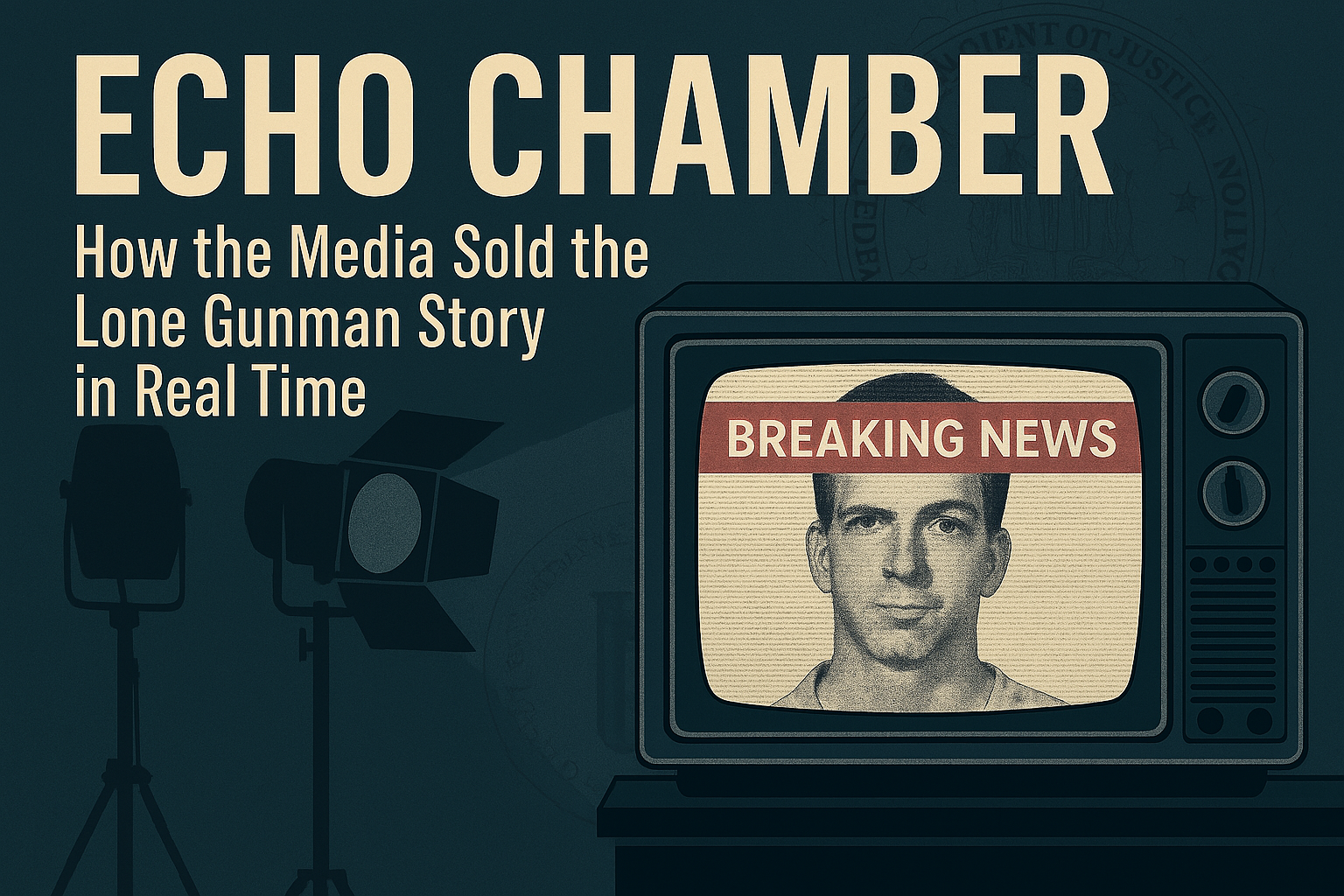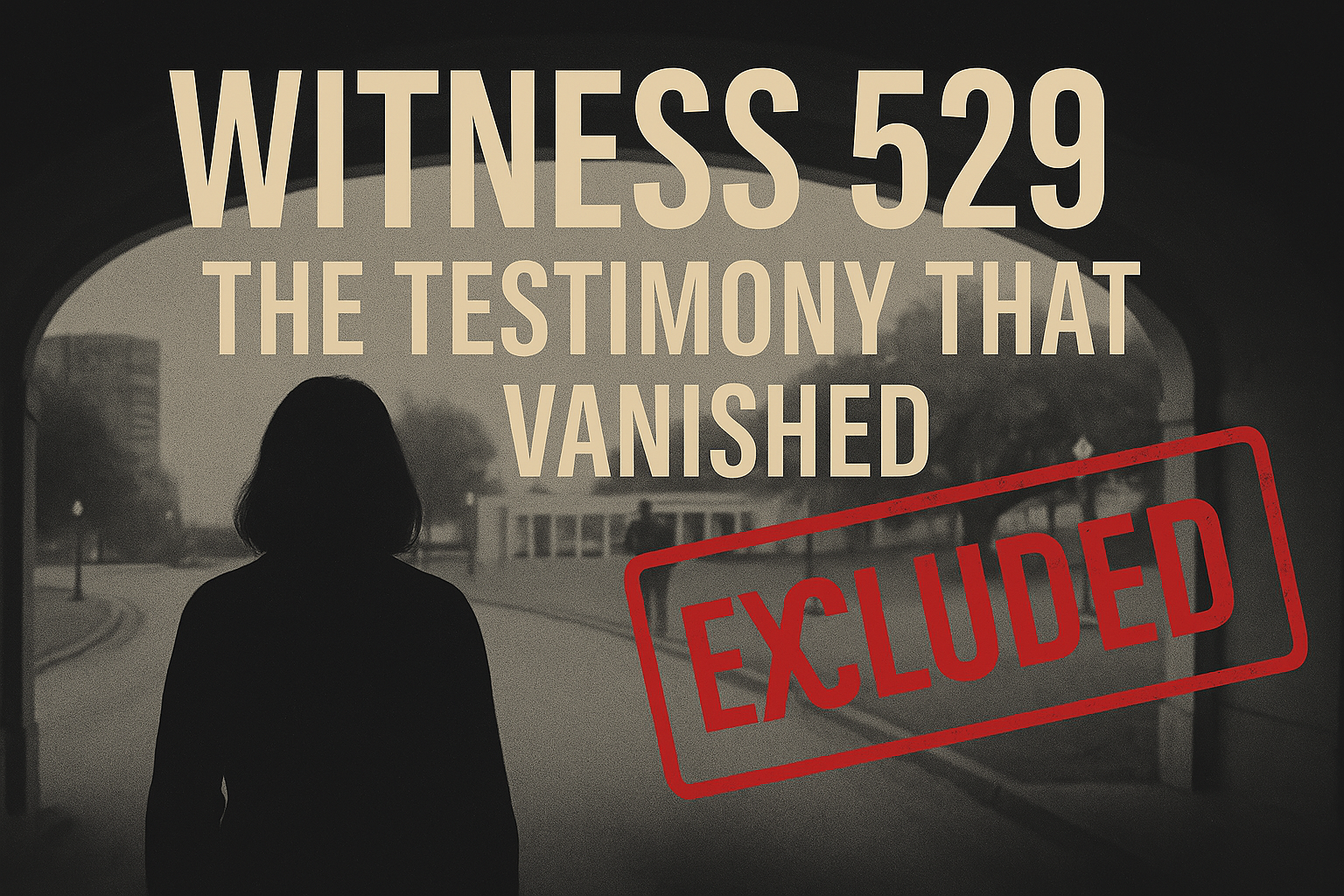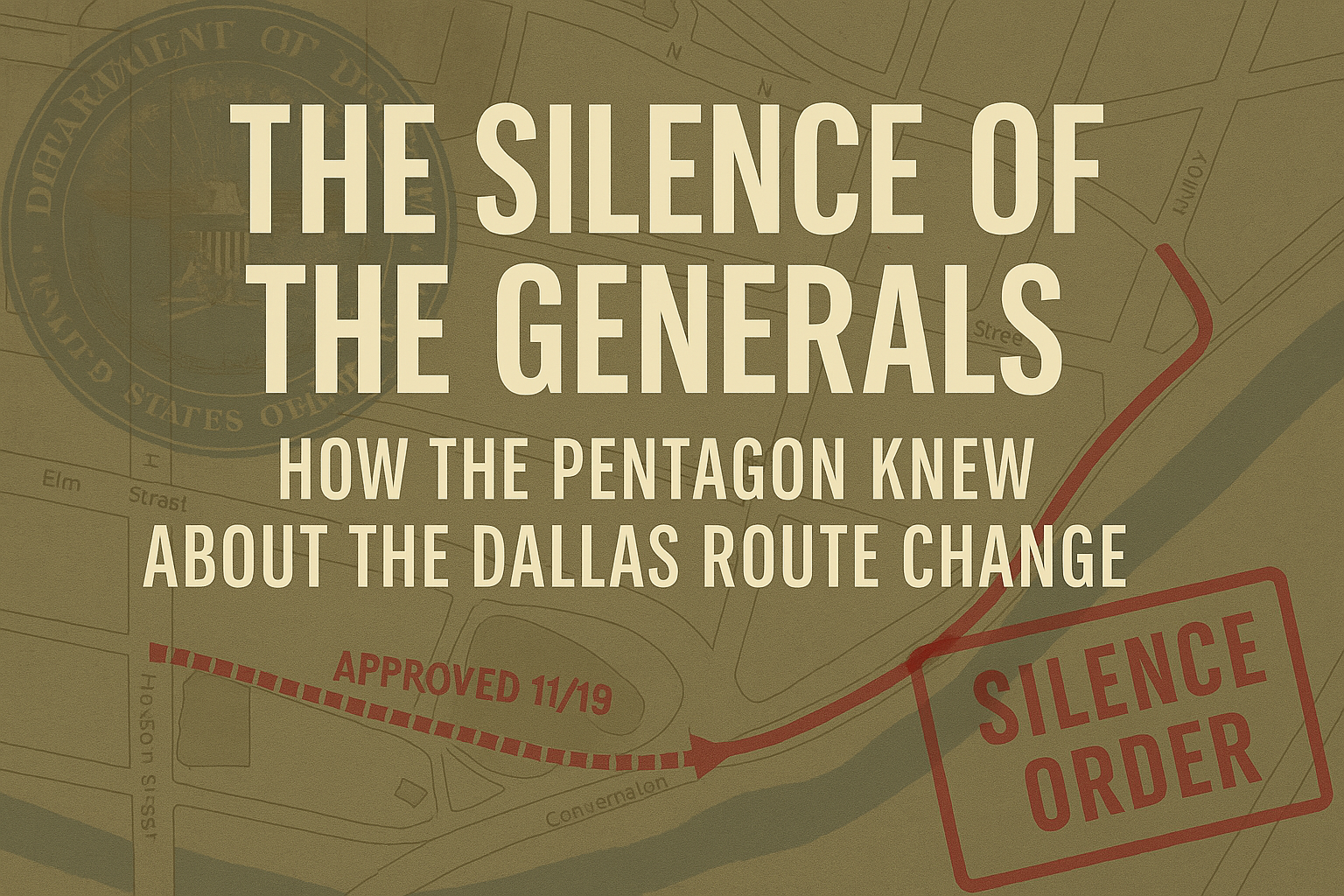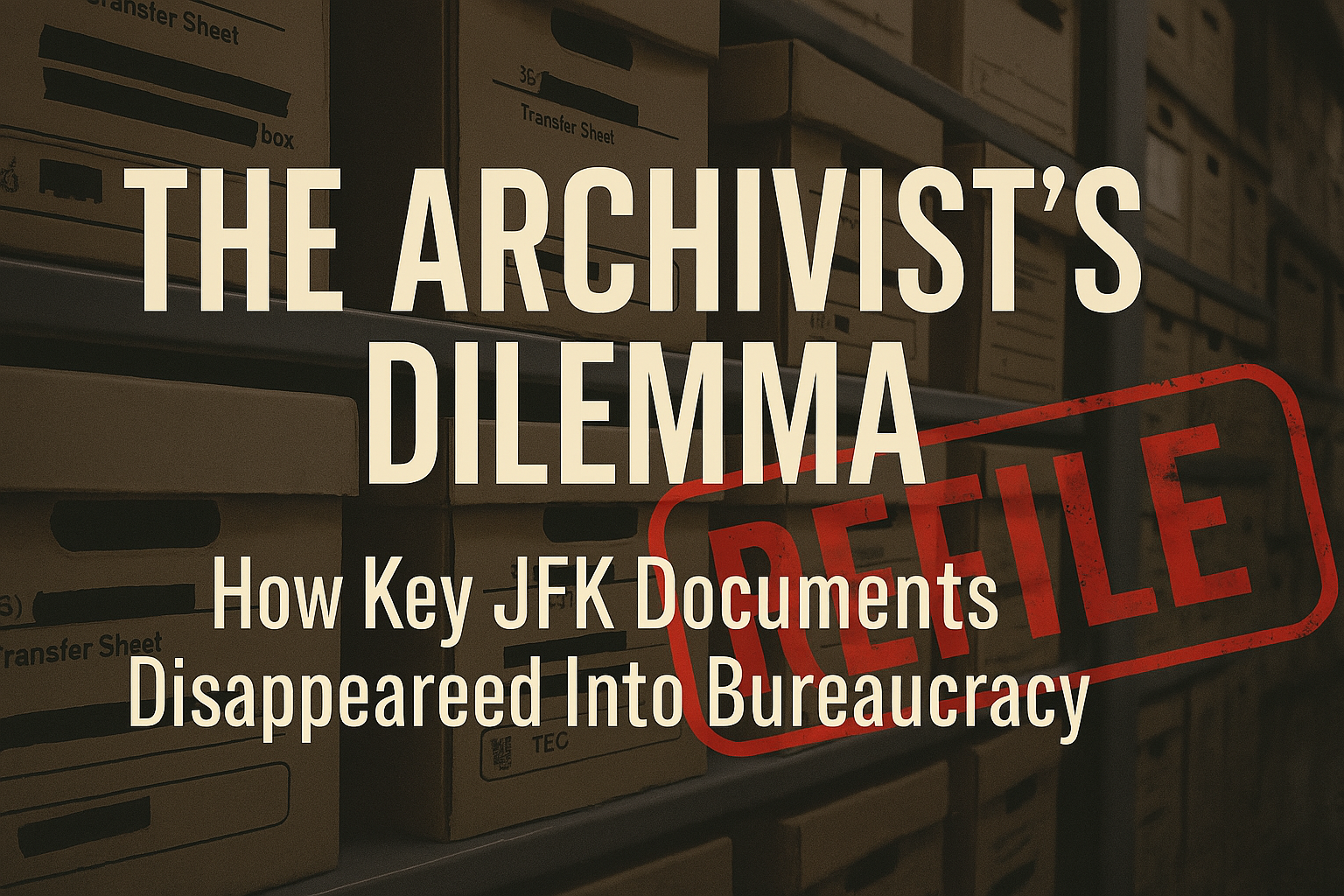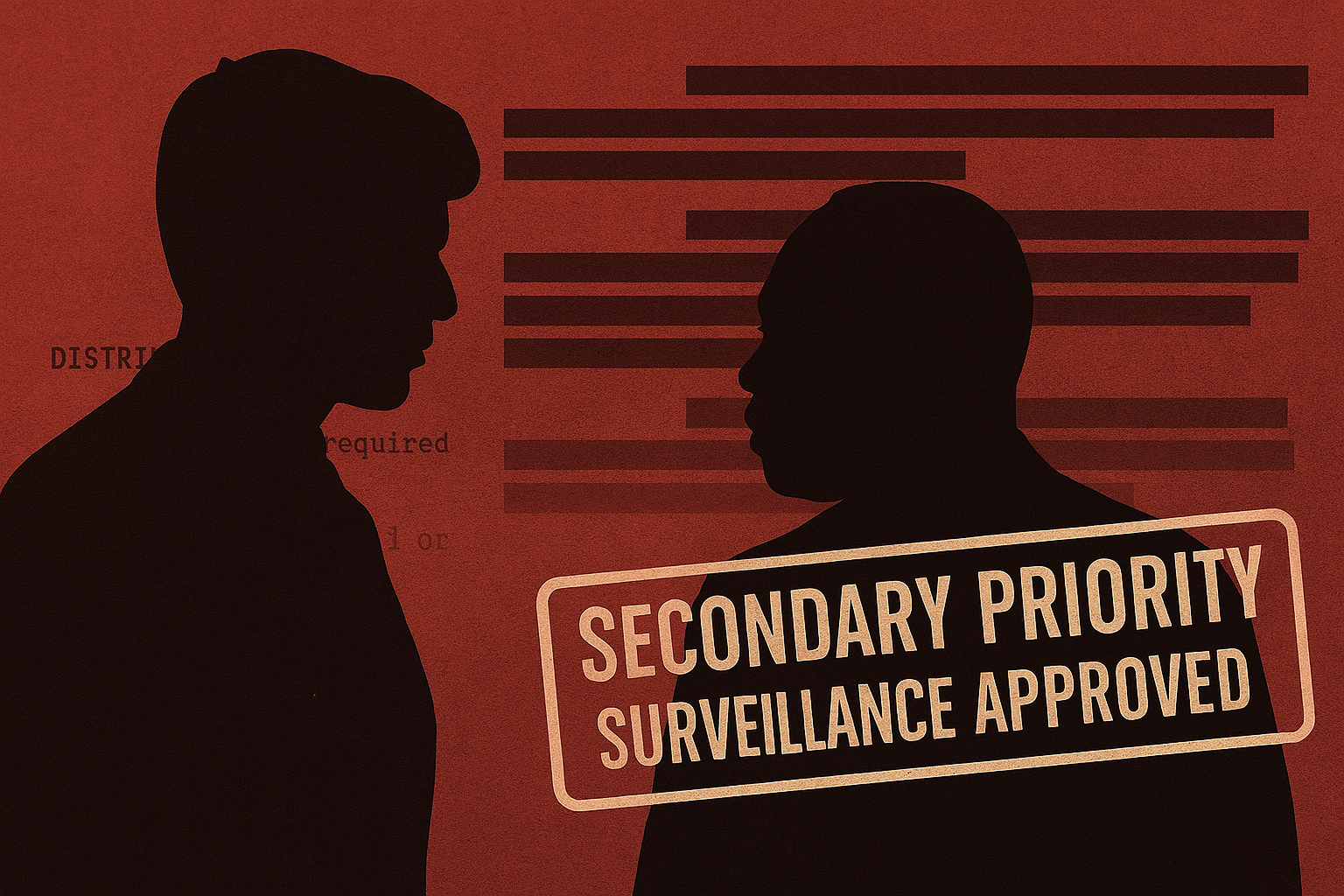Newly declassified memos and internal communications reveal how the Dallas Police Department was leaned on by the FBI and Secret Service to align with a prewritten script.
🚓 A Department Caught in a Storm
Dallas Police were the first to detain Oswald.
They collected the first witness statements.
And for a brief moment-before federal agents arrived-they were running the investigation.
But by 6 p.m. on November 22, that changed.
And by midnight, they were told what the narrative needed to be.
🗂️ File: “Federal Guidance Memo – DPD Liaison”
A previously redacted memo from FBI Agent James Hosty, unsealed in the 2025 release, outlines a “verbal briefing plan” delivered to DPD command staff.
Key line:
“Recommend department emphasize suspect acted alone and not tied to organized activity. Federal channels will handle alternate lines of inquiry.”
This memo was dated November 22, 8:15 p.m., only hours after Oswald’s arrest.
🎙️ Press Conference Coaching
A Secret Service communication log from the evening of November 22 details a conversation with DPD Chief Jesse Curry:
“Remind press that investigation is active but no evidence of conspiracy at this time. Advise caution in statements that could spark public anxiety.”
That night, Chief Curry’s exact words to reporters were:
“We have no evidence that anyone else was involved.”
Internally, Curry was still reviewing conflicting witness reports suggesting otherwise.
🧾 Witness Statements Redacted
2025 files include a series of handwritten DPD statements-some of which never made it into the Warren Report.
- One officer described a “second figure” seen behind the fence on the grassy knoll
- Another mentioned hearing shots from two different directions
Internal FBI routing notes on both documents read:
“Do not forward. Non-corroborative.”
🧠 Suppressed Tape Logs
A memo from KRLD Radio, confiscated by Dallas PD and returned two weeks later, had been altered.
The original tape included:
- Live witness audio claiming “multiple shooters”
- A caller identifying a man near the overpass with ‘something shiny’
The returned copy was missing those segments.
The 2025 files include a note from a DPD liaison:
“Segments deemed speculative were edited for public safety purposes.”
🔚 Dallas PD Wasn’t In On It-They Were Put On Script
The Dallas Police weren’t orchestrators.
They were caught in a machine much larger than themselves.
They were told what to say.
They were told what not to pursue.
And they obeyed-under pressure from the highest levels.
